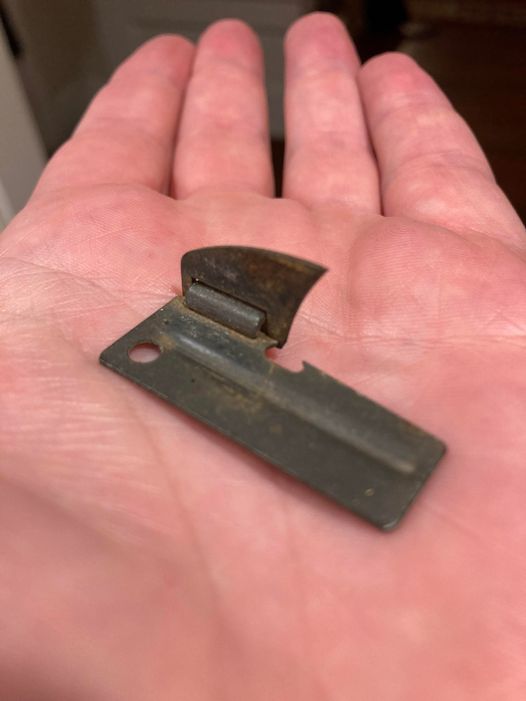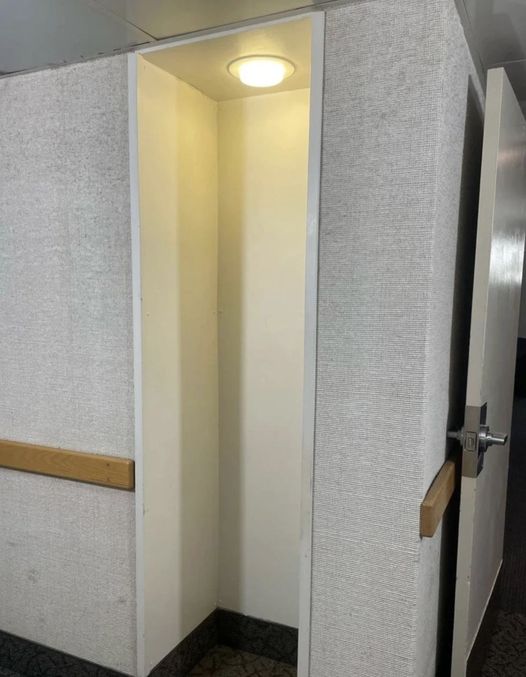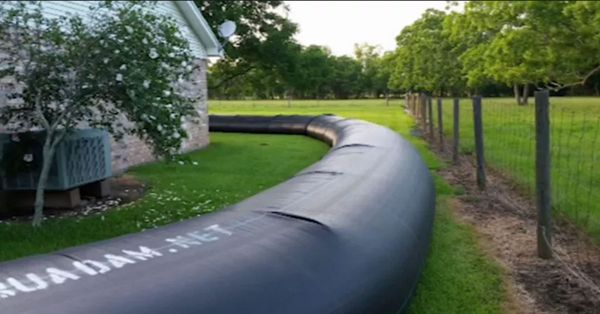
When nature strikes, it can leave behind a path of devastation and destruction. From floods to tornados to dangerous hurricanes, no one is safe from their wrath. But one man in Texas had a brilliant plan to protect his home from hurricane damage.
Randy Wagner spent $8,300 on 400 feet of plastic material to create a barrier around his home. Many thought this was a crazy and irrational decision, but Randy knew exactly what he was doing. When the floodwaters came, the plastic kept them out, saving Randy from damages that would have cost up to $150,000 to repair.

Randy’s story is a reminder that it’s important to take precautions when a hurricane is approaching. Here are some basic tips to keep in mind:
Know Where to Go
Always be aware of your environment and know the best evacuation routes before an order is issued. Make plans for where you can stay, and prepare an emergency kit with essentials like a flashlight, batteries, cash, first aid supplies, and medication.
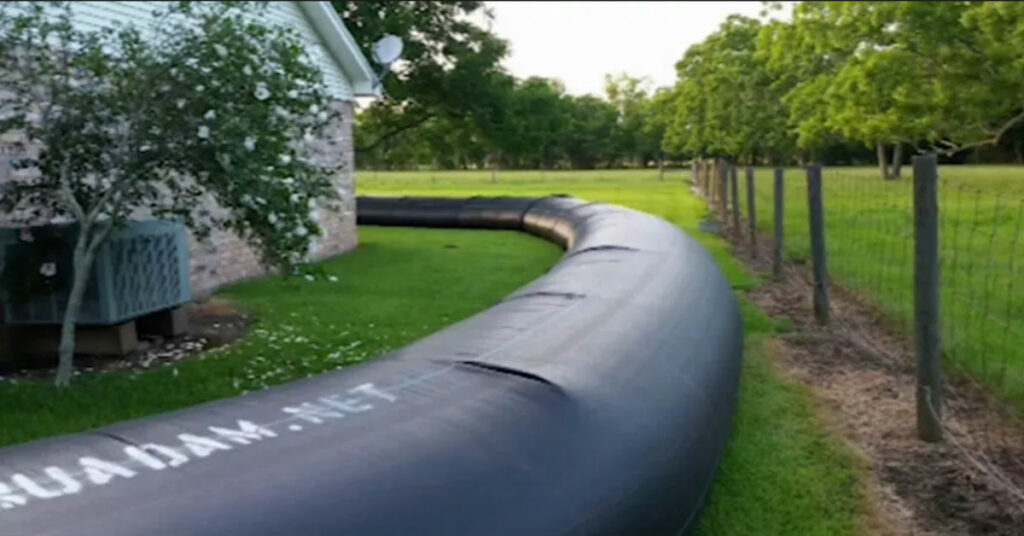
If you haven’t been instructed to evacuate and choose to stay home, make sure you have enough emergency supplies to last several days without power or water. Also, establish a communication plan for your family or community.
Prepare Your Home
To minimize damage, trim tree branches near your house before hurricane season. Clear any clogged areas in rain gutters and remove debris to prevent water buildup. Secure and reinforce your roof, windows, and doors to withstand the storm’s force.
Since power outages are common during hurricanes, consider installing a generator or having a portable one on hand. If possible, build a storm shelter above flood levels to protect yourself from high winds.
If you decide not to evacuate, inform your friends and family of your location. It’s best to stay home during stormy weather and avoid being on the road.
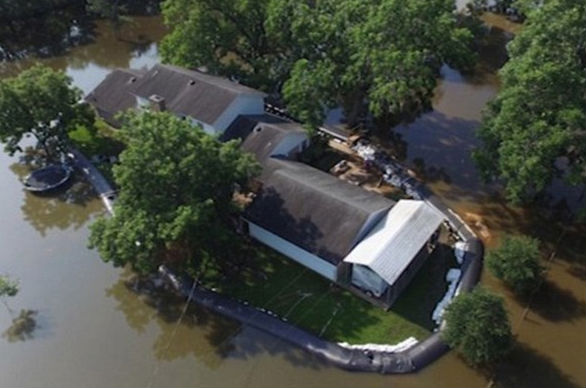
Bunkering Down During the Hurricane
Close all windows and storm shutters, and stay away from windows to avoid injury from shattered glass. Set your refrigerator to the coldest power setting to preserve food for longer when power is lost. Stay updated with weather and emergency reports.
What to Do When a Hurricane is 36 Hours Away
Turn on your TV or another reliable source for weather reports and emergency instructions. Double-check your emergency kit to ensure it contains all necessary items. Establish a means of communication, such as messaging or email, which is more reliable than phone calls. Review evacuation plans with your family members, and keep your car in working condition if a last-minute escape becomes necessary.
What to Do When a Hurricane is 18-36 Hours Away
Bookmark your city’s website for quick access to weather and emergency updates. Secure lightweight objects that could be picked up by high winds or bring them indoors if safe. However, keep hazardous objects, like propane tanks, secured outside. Ensure all windows are tightly closed, or consider boarding them up if possible.
What to Do When a Hurricane is 6-18 Hours Away
If TV/radio lines are still operational, watch for updates. Check the weather website every 30 minutes for any changes. Storms can quickly change direction and speed, so stay informed. Keep your phones fully charged in case you lose power.
After the Hurricane
Listen for updates and instructions, and check on your family members to ensure their safety. Do not return home until it is confirmed to be safe. Avoid walking or driving through floodwaters, as they may be dangerous and hide debris or unstable ground. The water may also be charged with electricity from downed power lines. Take photos of any damages to your property for insurance purposes.
In closing, let’s remember to keep those who have been affected by recent hurricanes in our thoughts and prayers. Stay safe, and remember that it’s always better to be safe than sorry.

